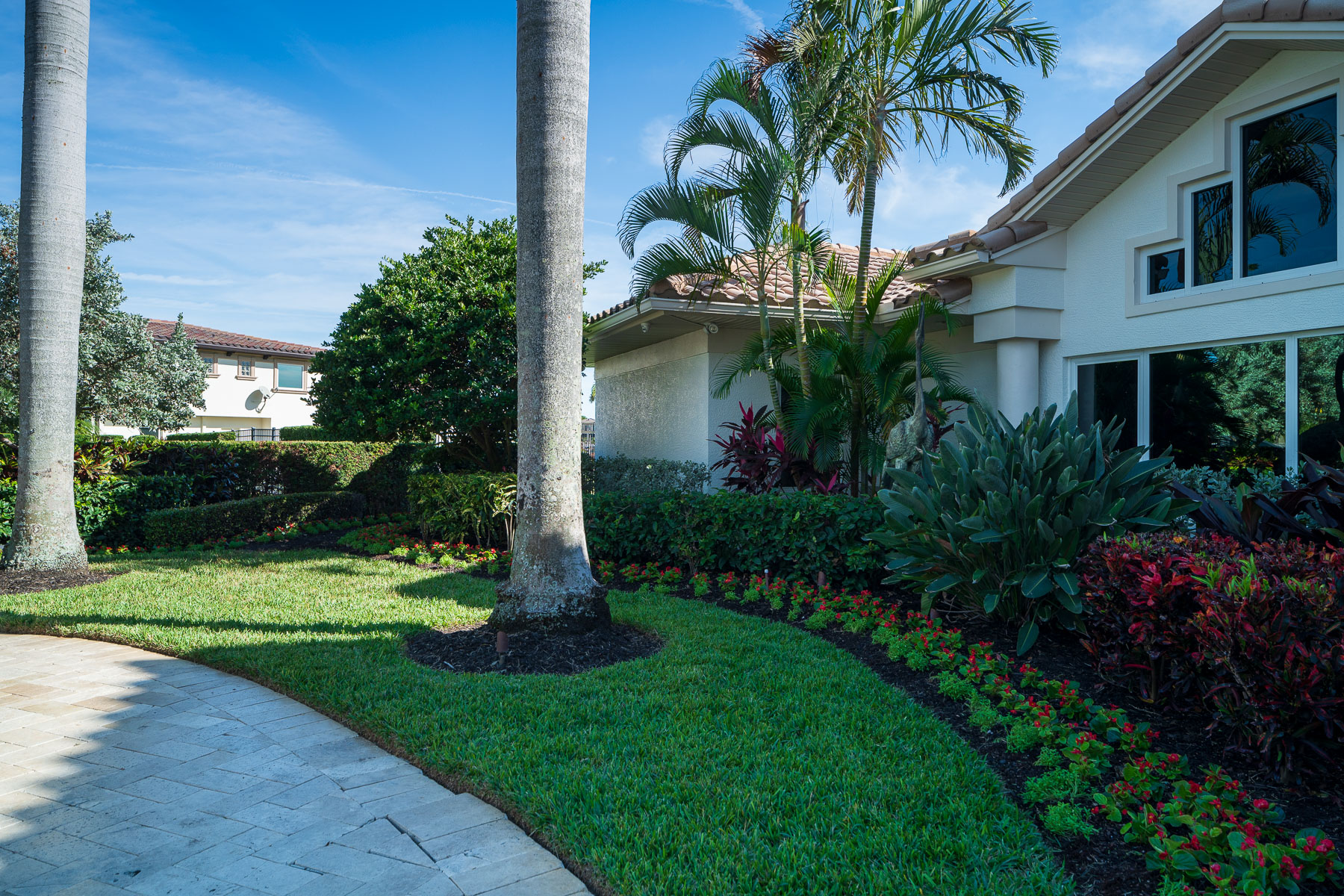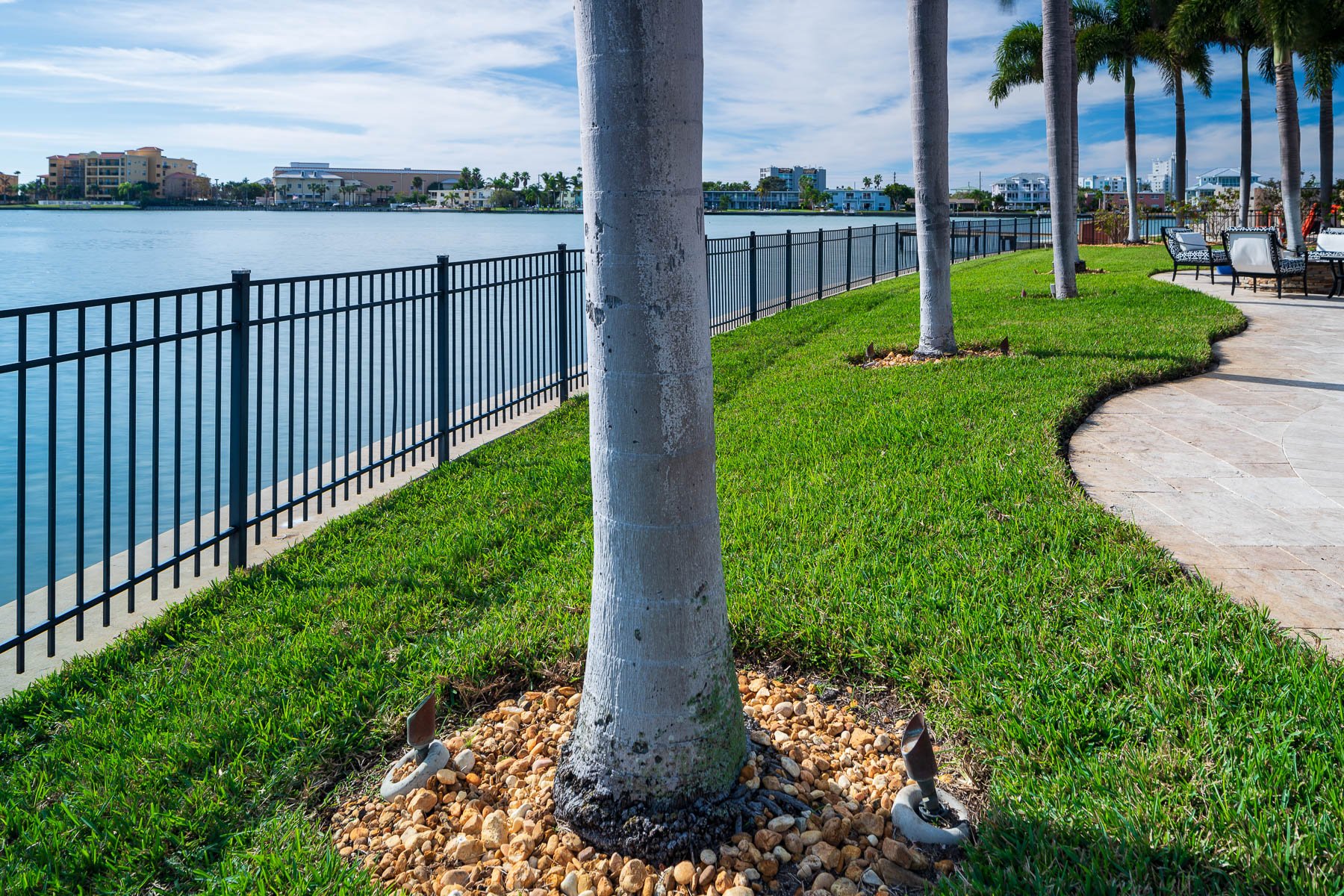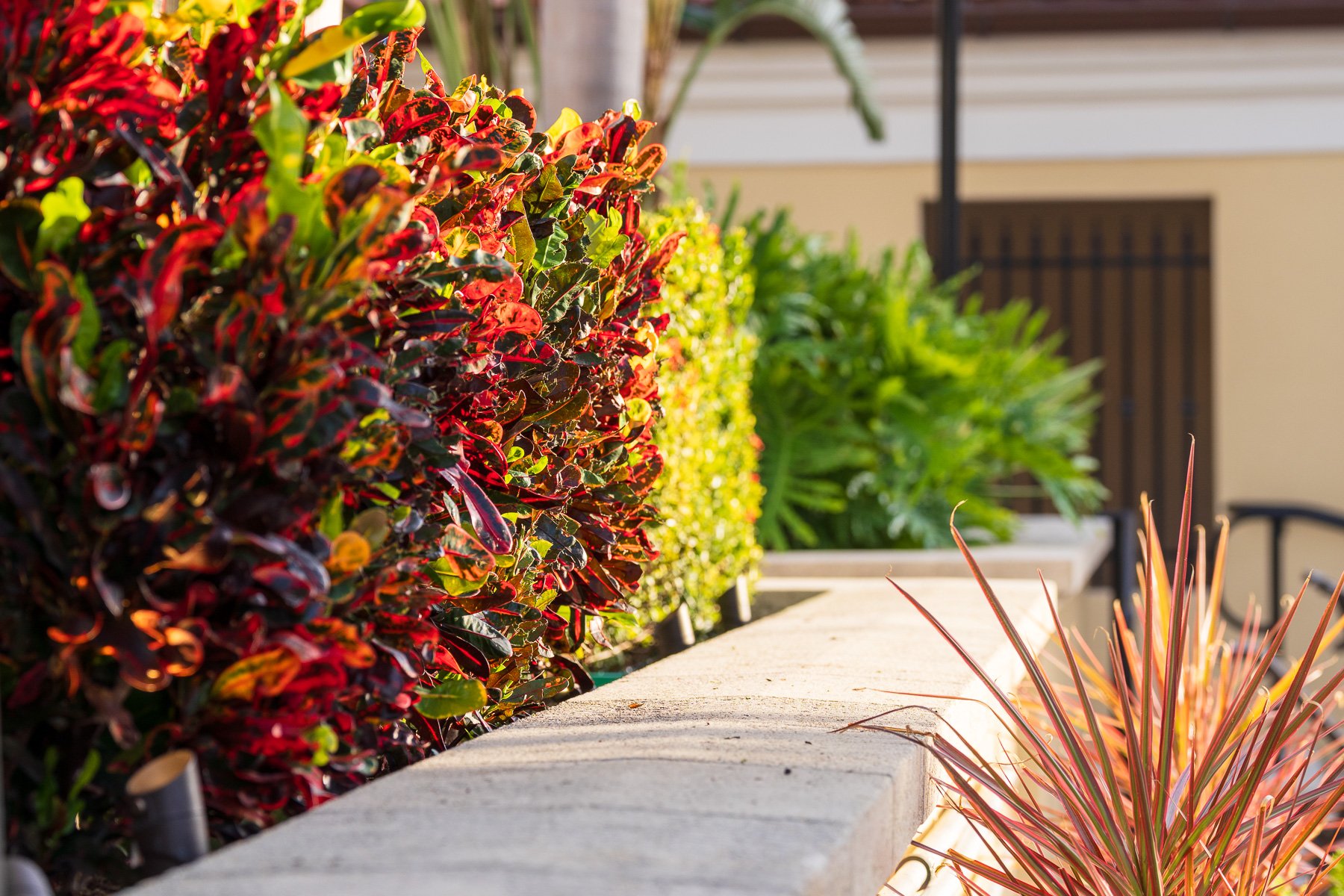
Best Drainage Solutions for HOA Landscaping Success in Tampa Bay
 Brent Wastney
Brent Wastney
From hurricane season to afternoon thunderstorms, the Tampa Bay area is no stranger to heavy rains and rising waters. As an HOA property manager, ensuring that your community is kept safe (and good-looking) through Florida’s wet seasons is a top priority.
To achieve these goals, you will want to invest in the best Tampa drainage solutions possible. Thankfully, there are several methods of yard drainage that can keep your HOA property pristine, healthy, and safe for visitors and residents alike.
HOA Landscape Drainage Services and Benefits
Investing in excellent landscape drainage can be a significant project that requires time, strategic planning, professional expertise, and plenty of funds. However, the benefits far outweigh the upfront costs, making Tampa drainage solutions a worthwhile investment that can pay dividends to your HOA property for years to come.

Why Yard Drainage Matters
With Tampa Bay and the surrounding areas receiving approximately 50” of rainfall annually, it should come as no surprise that runoff and standing water are commonplace when proper drainage is not installed. While both of these issues can be unsightly, they can cause far deeper issues than a temporary lapse in aesthetics.
Understanding the problems that poor drainage can cause helps frame the tremendous benefits of investing in HOA landscape drainage services. Among the most significant concerns are the following.
- Mold, mildew, and disease. Standing water can lead to the growth of harmful mold and mildew in and around buildings, as well as promote the spread of disease among your plants. Not only are these things potential health concerns, but they can also be difficult and expensive to eradicate, putting a substantial drain on your wallet.
- Erosion. Uncontrolled runoff can quickly lead to erosion. This is unsightly and can wreak havoc on your lawn. More importantly, it can damage sidewalks and roadways, leading to unsafe environments for residents and expensive repairs that eat into your budget.
- Pests. Standing water is a prime breeding ground for bugs, which could lead to an influx of nasty pests. Perhaps worse, if their habitats are affected, rodents could migrate to other areas for safety, including buildings.
- Plant health. Standing water and erosion can both damage lawns and plants, leading to worse health or even death. Repairing or replacing these landscaping elements is time-consuming, frustrating, and costly.
- Safety. Exposing your residents and visitors to swamped sidewalks, eroded parking lots, pests, and potentially contaminated standing water is unsafe. Good drainage is an essential part of Tampa landscape maintenance and public safety.

Tampa Bay Yard Drainage Challenges
Before you can start implementing yard drainage solutions, it’s important to identify the challenges causing drainage problems in the first place. In the Tampa Bay area, there are numerous things that could cause drainage issues, but they can all be overcome with the right approach.
- Rainfall. The annual average rainfall in the Tampa Bay area poses a drainage challenge simply because of the volume. With prolonged rainfall and the occasional tropical storm, the large amount of rainfall can be difficult to adequately divert and drain.
- Sandy soil. While sandy soils can make natural drainage more efficient, they are more likely to erode. When runoff occurs, ensuring that your soil is not prone to erosion is essential.
- Low lands. Florida is known for its low elevation, with much of the state being right around sea level. When your property has low spots, it is common for water to pool in those areas, leading to issues with standing water and flooding.

The Best Tampa Drainage Solutions
With the benefits of drainage services and the challenges of Tampa Bay’s unique environments in mind, it’s time to discuss the best yard drainage solutions you can implement in your HOA community.
Working with a professional Tampa landscaping company to develop a plan and implement the right drainage solutions is the best way to ensure your property stays dry and trouble-free through Florida’s wet seasons. While every property is unique and will require a different approach, the top Tampa drainage solutions are as follows.
Grades and Slopes
Manipulating your landscape to create grades and slopes that strategically divert water away from structures and plant beds and toward dedicated drainage areas is one of the most effective ways to avoid drainage issues.
Often, this approach involves artificially creating slopes by moving soil. These contours then direct water using gravity, thereby reducing the possibility of water accumulating or running toward more vulnerable areas.

Permeable Surfaces
While sidewalks, parking lots, and other paved areas are inevitable in an HOA community, there are ways to reduce their effect on runoff.
Aside from strategic placement, the use of permeable materials in these paved areas is the most efficient way to enhance natural drainage while reducing the risk of pooling water and aggressive runoff. Permeable surfaces also reduce the potential strain your drainage systems might experience when heavy rainfall occurs.

French Drains
If your HOA property struggles with drainage due to its soil, French drains can be incredibly useful. These Tampa drainage solutions are essentially trenches that are filled with perforated pipes and gravel.
This system allows water to easily enter the pipes and direct water away from the problem areas. The design of French drains is particularly clever, as the gravel acts as a filter, helping to prevent clogs from occurring.
Swales and Berms
Similar to grades and slopes, swales and berms are created by strategically moving the earth and using plant life to guide water where it needs to go.
Swales are channels–typically populated with plants–that help direct water away from vulnerable areas and toward drainage areas (like retention ponds). Berms are the opposite–mounds of soil that serve the same purpose as swales.
Using these two landscape drainage solutions in tandem greatly reduces standing water and runoff, protecting your buildings and the health of your plants.

Tampa Landscape Maintenance
Implementing yard drainage systems to help manage potential water issues is a great way to keep your HOA property healthy and safe. However, even the best drainage services will fall short if they are not maintained on a consistent basis.
From gutters and rain spouts to French drains and retention ponds, keeping your Landscape drainage systems functioning optimally can work wonders for your community and ensure that no severe drainage issues–and their consequences–catch you by surprise.

For expert drainage solution guidance for your Tampa Bay HOA property, don’t hesitate to call your local specialists at Landcrafters. Whether you're seeking french drains, custom solutions, or a consult, our team can provide you with the perfect drainage solution for your HOA's needs.

Brent Wastney
Landscape Designer for Landcrafters, Inc. Brent Wastney brings over 30 years of experience in the landscape industry across three different countries: New Zealand, Australia, and currently, he's spent the last 12 years immersed in landscaping here in Florida. Over the past 3 years, Brent has served as a landscape consultant designer, specializing in planning for both new landscape installations and enhancing existing landscapes while fostering strong relationships with clients. In addition to his extensive practical experience, Brent holds a New Zealand Certificate in Horticulture and a Florida National Growers Association Certificate. Furthermore, he's completed Dynascape Landscape Design Classes and attended the Water Star Class.

